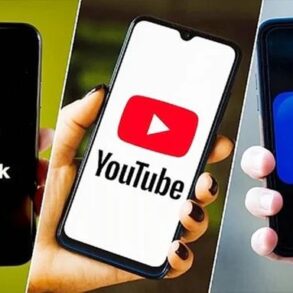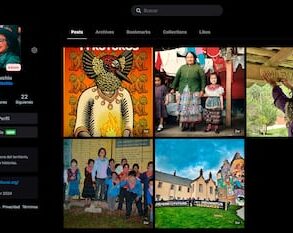
Over the summer, Laura Marciano, a researcher at Harvard, interviewed 500 teenagers for a continuing study investigating the link between technology and loneliness. The results were striking.
For several weeks, the teenagers, who were recruited with the help of Instagram influencers, answered a questionnaire three times a day about their social interactions. Each time, more than 50 percent said they had not spoken to anyone in the last hour, either in person or online.
To put it another way, even though the teenagers were on break from school and spending plenty of time on social media apps, most of them were not socializing at all.
Americans now spend more time alone, have fewer close friendships and feel more socially detached from their communities than they did 20 years ago. One in two adults reports experiencing loneliness, the physiological distress that people endure from social isolation. The nation’s surgeon general, Dr. Vivek Murthy, declared loneliness an epidemic late last year.
Ever since, scholars and psychologists have accelerated research into whether technology is contributing. The rise of smartphones and social networking apps has forever changed social norms around how we communicate. More personable interactions like phone calls have been superseded by text messages. When people broadcast their lives on TikTok and Instagram, they may not be representing themselves in a genuine way.
“It’s hard to know who’s being real online, and it’s hard for people to be themselves online, and that is a recipe for loneliness,” Dr. Murthy said in an interview. He concluded that loneliness had become an epidemic after reviewing scientific studies and speaking with college students last year, he said.





